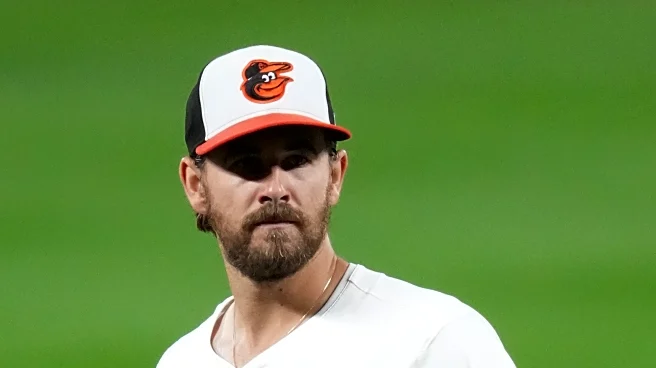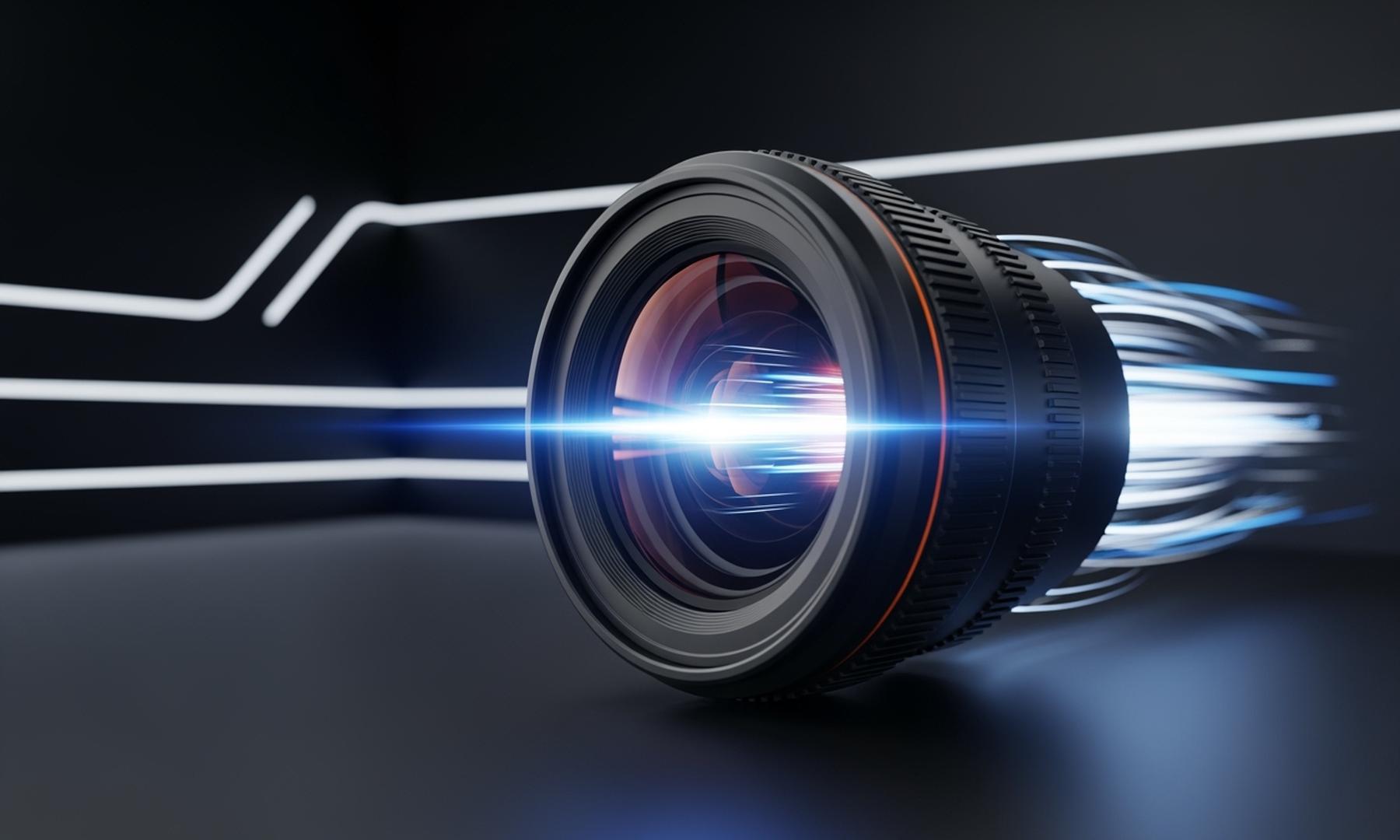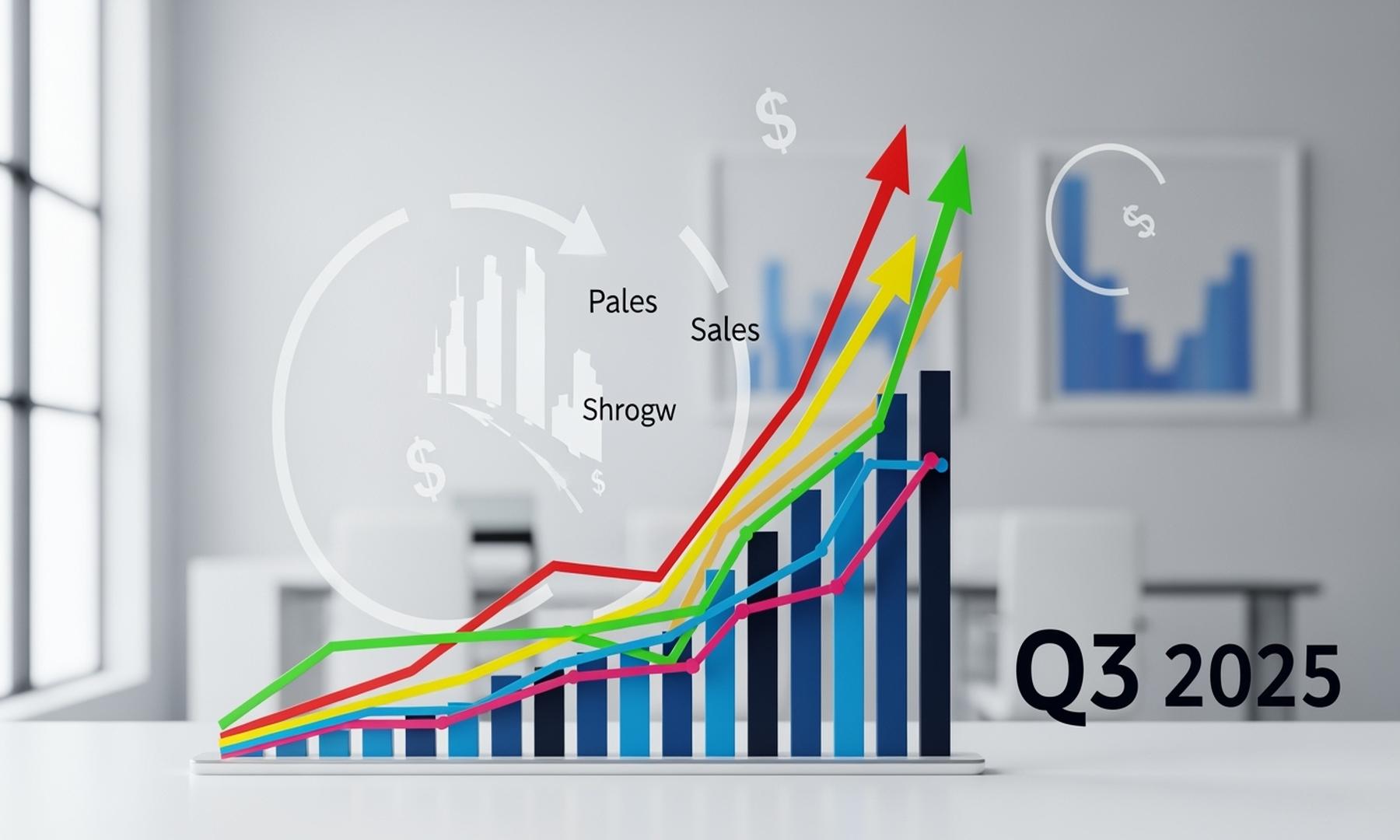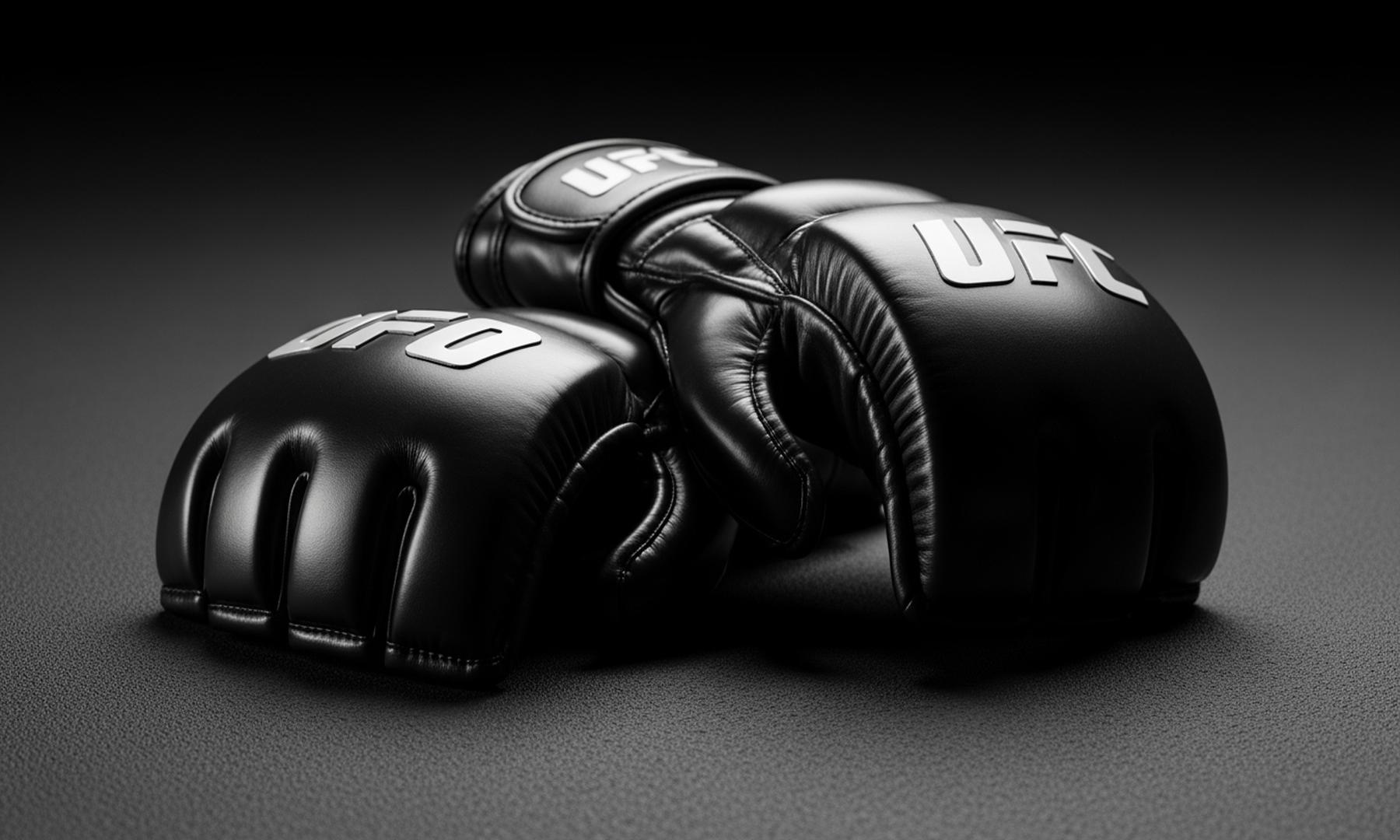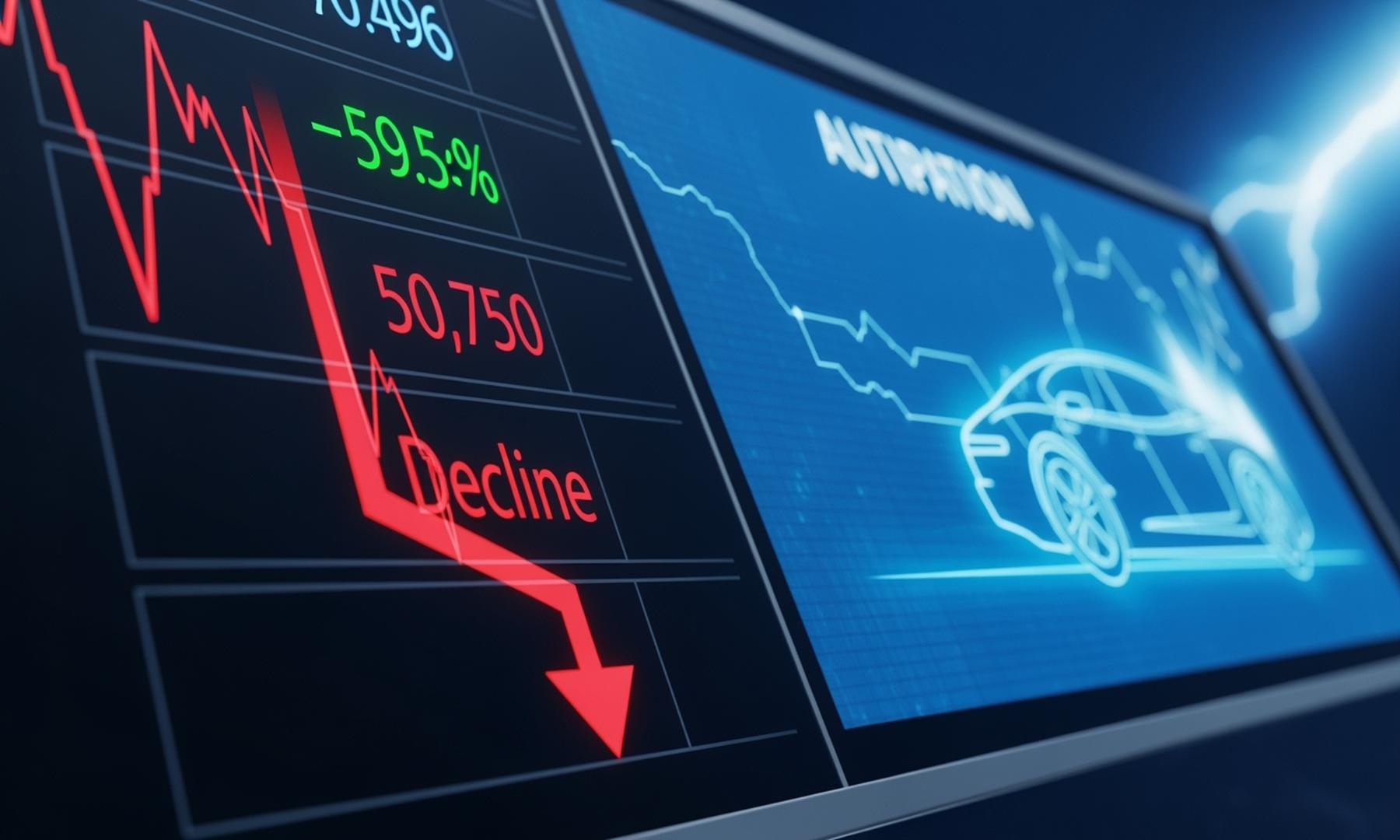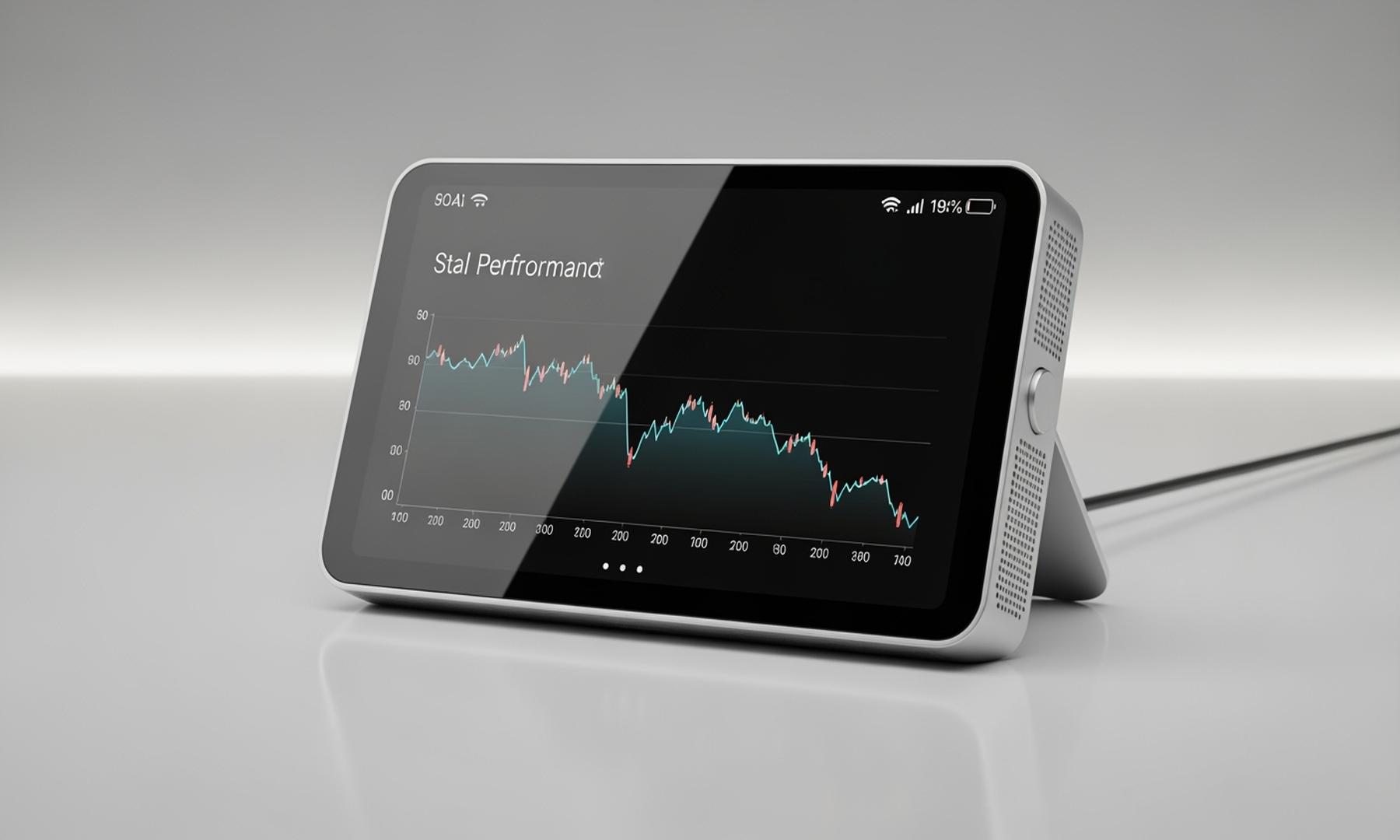Imagine if, back in March, someone told you that Dean Kremer would spend most of the season as the #1 or #2 starting pitcher for the Orioles. You would know that if this person’s prediction was going to prove
true, things would either have to go very, very well for Kremer himself, or very, very badly for the Orioles starting rotation. You would also know, deep down, that it could only be the second one. That is the reality that we got. Kremer was not all that good and yet he was still second-best of who was here. The Orioles starting staff was, collectively, a disaster.
Among the bits of folksy wisdom that former Orioles manager Buck Showalter was fond of deploying was this: “Never overlook an orchid when you’re searching for a rose.” It’s a saying that speaks of beauty rather than utility, but still, it’s not a hard message to translate to fans considering their favorite baseball team’s roster.
I think of Buck’s in the context of Kremer because he is the ultimate orchid. The Orioles need roses (top-of-the-rotation starters) who can win them a playoff series. (Let’s not even get into how it was the offense that let them down a lot in the last two postseasons.) They also need orchids like Kremer who can get them through the slog of a regular season with a measure of competence that is not guaranteed to be found in any random pitcher who appears from the minor leagues.
This is a reminder to myself as much as anyone else. Going back to about the 2023 trade deadline, I have believed it essential for the Orioles to construct a starting rotation that pushes Kremer down below being the #3 starter. Between trades or signings that didn’t work out initially or at all, they keep failing to accomplish this. This is disappointing and it is easy to have Kremer be the focal point of this disappointment rather than Mike Elias.
Kremer was the Game 3 starter in 2023. It did not go well. He would have started Game 3 in 2024 as well, had the offense showed up to send the series to three games. We did not end up having to worry about it, for other reasons, this year.
When the dust settled on the 2025 Orioles, Kremer finished with a 4.19 ERA, 3.97 FIP, and 1.212 WHIP over 31 games. He led the team in innings pitched. Like the rest of the team, Kremer’s season started poorly. He sported a 7.04 ERA at the end of April, churning out five bad starts in his first six games. By mid-August, after a scoreless seven inning start, he finally got to an ERA that starts with a 3. A couple of clunkers after that knocked him from a better trajectory and into something familiar based on his career to date.
Kremer has been impressively consistent over the past three seasons, finishing with these ERAs: 4.12, 4.10, 4.19. With all of the other chaos we have seen around here, that should not be taken for granted. There’s value in there. He will not be getting any Cy Young votes with pitching like that, of course. Yet Orioles fans are well aware after this season, if they weren’t already aware, that you can do a lot worse than Kremer. You might instead end up with Cade Povich, or Brandon Young (or worse, Povich AND Young in the same rotation).
What I find interesting about Kremer is the way he manages to be good and bad with about the same frequency, all adding up to a thoroughly (slightly-below) average ERA. A pitcher’s win-loss record does not always tell much about the way he pitched. In Kremer’s case, his 11-10 record in 2025 is just about right. You can see this for yourself in his game logs.
Except for an Opening Day stinker where he won anyway and an August hard luck loss (one run in eight innings), Kremer mostly got a win when he pitched well and got a loss when he pitched badly. Even the no-decisions were mostly a mix of these two extremes, sometimes supported by his offense and sometimes not, sometimes let down by his bullpen and sometimes not. Whether Good Dean or Bad Dean shows up is close to a coin flip. If your #5 starter is a coin flip between good and bad, you’re probably doing okay.
In the 2025 season, Kremer’s good games were unusually concentrated at home and his bad ones were largely on the road. I’m talking like a 2.87 ERA and .577 OPS allowed at home, compared to a 5.30 ERA and .802 OPS allowed on the road. Home Dean would have finished in the top 5 in ERA among AL pitchers.
This is probably just a one-year fluke, because Kremer was generally worse at home and better on the road in 2023 and 2024. Walltimore 2.0 probably didn’t have much of an impact on Kremer because it’s giving up home runs to lefties that’s his problem. At Camden Yards, lefty pull power hitters are going above the out-of-town scoreboard and nowhere near Walltimore.
I know better than to start thinking, “If he could just start pitching like he did at home everywhere else…” Kremer is turning 30 years old in January. He is not likely to find another gear. This is the pitcher who he is. He does not generate strikeouts at high enough rates to really get elite results. He gives up too many homers. On the plus side, he’s done a good enough job at limiting walks (this year, better than ever before) and he’s got a solid, if not flawless, track record for durability.
Kremer is heading into his second year of arbitration in the 2026 season. MLB Trade Rumors projected he would get a salary of $5.1 million next year, up from about $3 million in his first arbitration year this season. Considered against the one-year deals given to Tomoyuki Sugano ($13 million) and Charlie Morton ($15 million) it’s a real bargain to have Kremer at around the price that he will get. If Kremer pitches in 2026 about the same as he’s done the previous three seasons, it’ll be a bargain third-year arbitration salary too.
If the Orioles can actually construct a rotation where Kremer is the guy who starts and stays as the back-end starting pitcher that he is, there will be good reason to hope for better things from the 2026 Orioles. That’s up to Mike Elias much more than it is up to Kremer.
Tomorrow: Grant Wolfram
